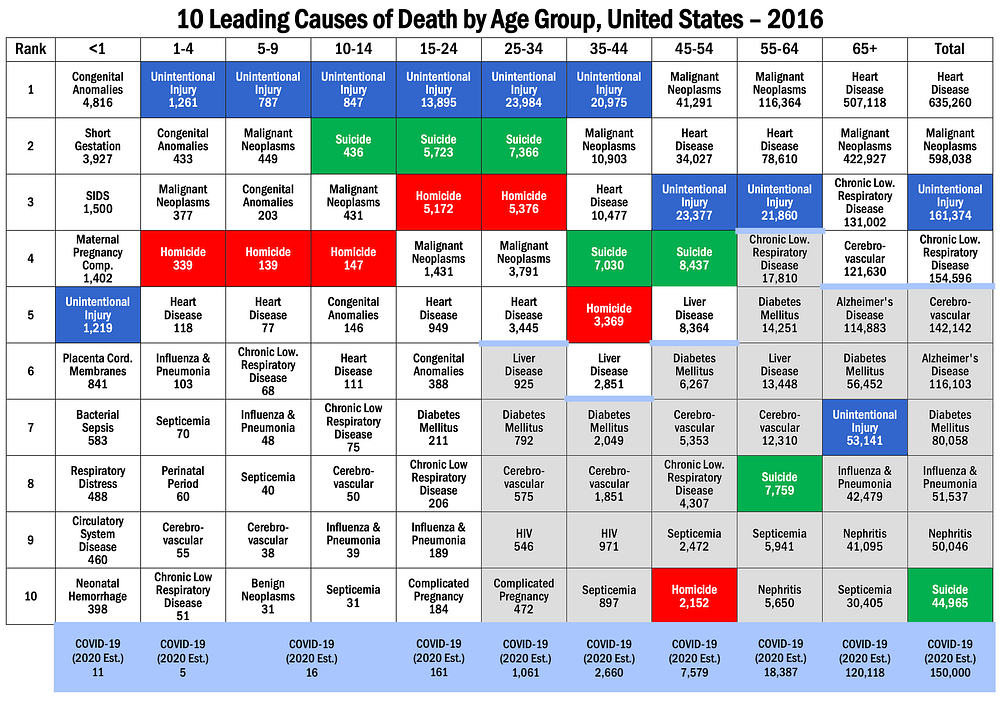Post#846 » by exculpatory » Tue May 19, 2020 3:36 pm
Based on VERY limited information in your last post - see reference below.
Very VERY complex pathophysiology - but AD inheritance, hypercalciuria which may exacerbate with Vitamin D RX, hypocalcemia, osteopenia consequent to the hypercalciuria & relative D deficiency, relative deficiency of the active form of Vitamin D (1, 25 diOH D) due to suppressed PTH levels.
What you described does not fit as well an inherited form of Vitamin D deficiency & hypocalcemia such as “1 OHase deficiency” because pre-treatment urine calcium is low. Also, primary hypoparathyroidism does not result in osteoporosis/osteopenia.
Extremely sophisticated diagnosis.
Unifying diagnosis for you.
Makes my head hurt. LOL.
Orphanet J Rare Dis. 2017; 12: 19.
Published online 2017 Jan 25. doi: 10.1186/s13023-017-0570-z
PMCID: PMC5264458
PMID: 28122587
Diseases associated with calcium-sensing receptor
C. Vahe, K. Benomar, S. Espiard, L. Coppin, A. Jannin, M. F. Odou, and M. C. Vantyghem
Hypercalciuric hypocalcaemia syndrome type 1
Hypercalciuric hypocalcaemia syndrome is an isolated form of autosomal dominant, congenital hypoparathyroidism that is the mirror of the presentation of FHH. There is therefore hypocalcemia with normal or low PTH but that is maladjusted in all cases. The urine calcium is usually “normal” but consistent with hypercalciuria relative to the decreased serum calcium levels. There is a tendancy for hypomagnesemia. This syndrome is linked to gain-of-function, or activating, mutations of the CASR gene.
50% of patients present with moderate and asymptomatic hypocalcemia that is found fortuitously.
50% present with paresthesias, tetany, epilepsy, severe hypocalcaemia, sometimes with Bartter syndrome.
10% present with hypercalciuria with nephrocalcinosis or lithiasis.
Over 35% present with ectopic and/or basal ganglia calcifications.
The A843E, C131W, F788C mutations are generally associated with hypomagnesemia with PTH at the lower limit of normal. The P221L, K47N and finally E481K mutations are associated with normal serum magnesium levels, and an increased PTH in response to the hypocalcemia.
Differential diagnosis
The differential diagnosis of these hypercalciuric hypocalcaemia syndromes consists of the hypercalciuric hypocalcaemia syndrome type 2 linked to a gain-in-function activating mutation of the GNA11 gene. The phenotype is identical to the hypercalciuric hypocalcaemia syndrome type 1 linked to an activating mutation of the CASR gene, apart from the hypercalciuria and hypomagnesemia that are not present in the type 2 form. A gain-of-function mutation has still not been described for the AP2S1 gene at this time.
The other differential diagnoses consist of hypoparathyroidism aetiologies.
This presentation may be reproduced by the presence of anti-CaSR stimulant antibodies, for which an investigation will therefore need to be done.
Clinical forms
Bartter-like phenotype
A Bartter-like phenotype of these CASR activating mutations results in a presentation of hypokalemic metabolic alkalosis, with moderate secondary hyperaldosteronism without very severe salt loss, but with a tendancy for hypercalciuric hypocalcemia. This presentation has been described in several adults and several children.
It consists of mutations that are generally highly activating of the CASR gene, e.g. L125P.
The pathophysiology is related to CaSR activation, which inhibits the reuptake of sodium chloride by means of the thiazide-sensitive sodium chloride transporter. This effect is not visible when the mutation is only slightly activating, but becomes so when it is significant.
In this situation, the mutations that are usually responsible for Bartter syndrome (NKCC2, ROMK, CLCKB et BSND) are negative.
Sporadic hypoparathyroidism
There are cases of sporadic hypoparathyroidism that are identical to the autosomal dominant hypercalciuric hypocalcemia syndrome, except that the familial influence is lacking. These are therefore de novo CASR mutations, and must be differentiated from an autoimmune cause. The hypocalcemia may have few symptoms or may otherwise be very debilitating or even life-threatening. Few cases have been described.
Treatments
The emergency treatment for these types of hypocalcaemia is based on parenteral calcium administration and the standard of care treatment would be vitamin and calcium supplementation.
Vitamin D stimulates the expression of CASR but causes an increase in urine calcium with the risk of nephrocalcinosis in 57% of treated subjects.
For this reason, it is recommended that treatment should only be given to patients with hypocalcaemia below 76 mg/L and/or who are symptomatic, using the smallest dose of 1 alpha-hydroxycholecalciferol (1 to 2 μg/day), while monitoring the 24-h urine calcium every 3 to 6 months. The combination with thiazides, to decrease the urine calcium, worsens the hypokalemic tendency. Recombinant PTH may normalise the serum and urine calcium levels. Calcilytic compounds (allosteric inhibitors of CaSR) could be beneficial in the future, through stimulation of PTH secretion and reduction of urine calcium and renal calcifications. They are however usually ineffective in osteoporosis. Otherwise, certain drugs such as proton pump inhibitors may worsen hypomagnesemia and hypocalcemia and should be used with caution to avoid cardiac arrhythmias and seizures.
SamIam 2010: Truth's ability to play so incredibly efficiently is so UNDERAPPRECIATED. Bballcool 2012: Amazing how great Pierce has been for so long. Continues to defy age! KG 2013: P is original Celtic. Wherever he goes, we go. This is The Truth's house.




















